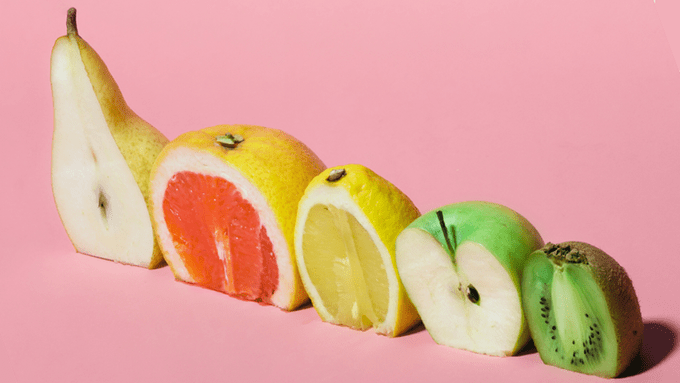How Your Diet Can Help Control Type 2 Diabetes
Looking to control type 2 diabetes? Improve your disease outcome by making these small, sustainable changes toward a healthier diet.

How your diet helps to control type 2 diabetes
When it comes to type 2 diabetes, making small, sustainable changes toward healthy eating can make a big difference.
But what that change looks like depends on where you’re starting from, says registered dietitian Joanne Lewis, director of healthy eating and nutrition programming at Diabetes Canada. “Generally, when it comes to type 2 diabetes, there isn’t a specific diet that is recommended,” she says.
That said, the Mediterranean and DASH (Dietary Approaches to Stop Hypertension) diets lend themselves to improved outcomes for diabetes, she says. Also, nudging yourself toward eating more plant-based foods and less highly processed foods is a good step.
What about carbs?
Type 2 diabetes means that you can’t use the insulin in your body or your body isn’t able to make enough insulin, both of which can cause a buildup of sugar in your blood. For this reason, some researchers are beginning to look into the effects of a very low-carbohydrate diet on diabetes.
But Lewis says that it’s not yet clear whether this approach can be applied broadly because the research is limited and still in its infancy. Furthermore, a low-carb diet can be difficult to maintain long-term, says Lewis, and some may find it challenging to manage their blood sugar levels. If you do try it, Lewis says that you should always consult your healthcare team, as your diabetes medication may need adjustment.
It’s all baby steps
“Making small, significant changes will have a much more positive impact over time than following a dramatic dietary change in the short term,” she suggests.
Instead of drastically reducing carbs, she recommends a more realistic plan: Choose smaller portions of carbs and, when you can, go for ones that are lower on the glycemic index, such as bulgur and barley. Even then, though, it’s important to be mindful that eating too much of these whole grains may impact your blood sugar.
Think about carbs as currency
“With type 2 diabetes, we know that what type of carb you eat is important, but how many carbs you eat at one time is significantly more important,” says Lewis. “For those with type 2 diabetes, their bodies have given them a carbohydrate budget – basically saying ‘Even though you’ve given me a healthy carb, I can only handle so much of it at this time because I’m going to run out of insulin to handle the amount if you give me too much.’”
That budget is very individualized, so the best approach to figuring out your food limit is to test your blood sugar with your meter before eating and two hours after eating to see if it stays in your recommended target zone, she says.
While Lewis says that obesity – particularly weight around your middle – is a risk factor for diabetes, you don’t have to focus on weight. She explains that you can manage this condition by putting your energy toward eating well and being physically fit.
Want to learn more? Check these stories out:
• The Top 20 Foods for Beating Diabetes
• 5 Signs of Prediabetes That Are Easy to Overlook
• You’ve Just Been Diagnosed With Diabetes — Now What?
• 5 Essential Skincare Tips for Diabetics
• 10 Things to Remember About Alcohol and Blood Sugar
Get a daily dose of health news by signing up here: besthealthmag.ca/newsletter




